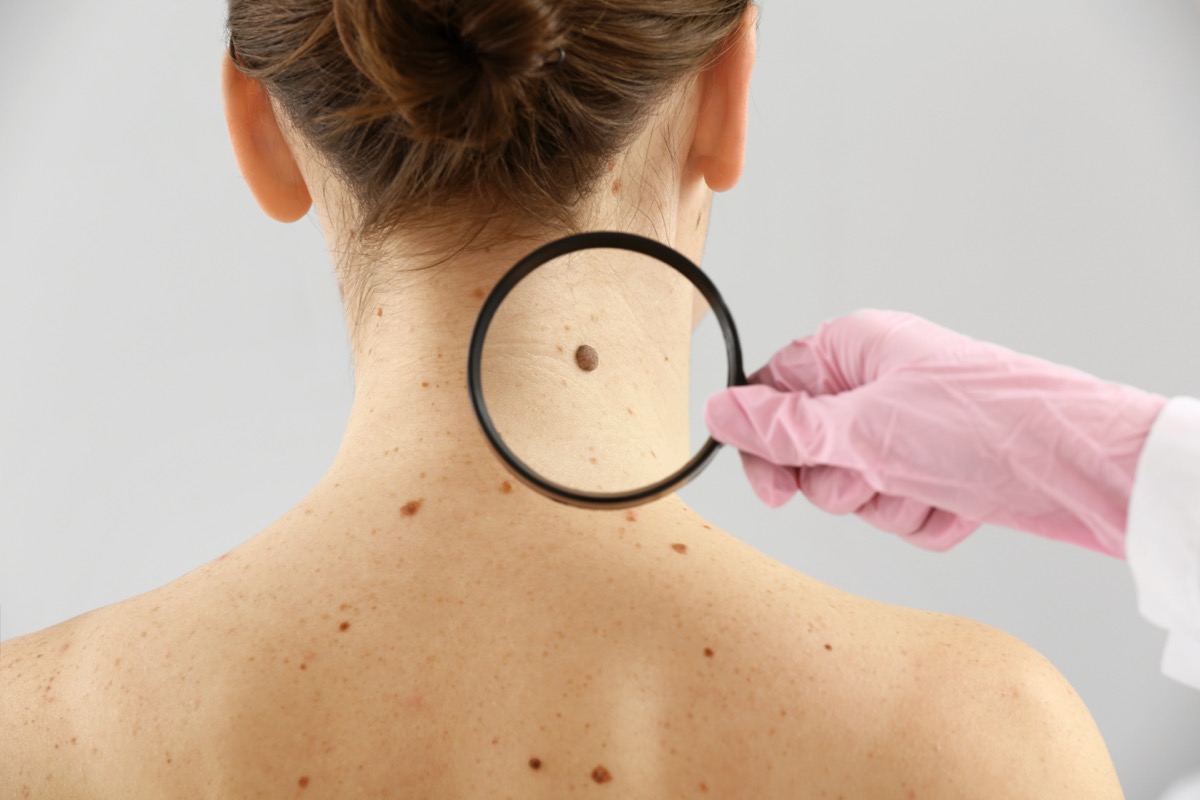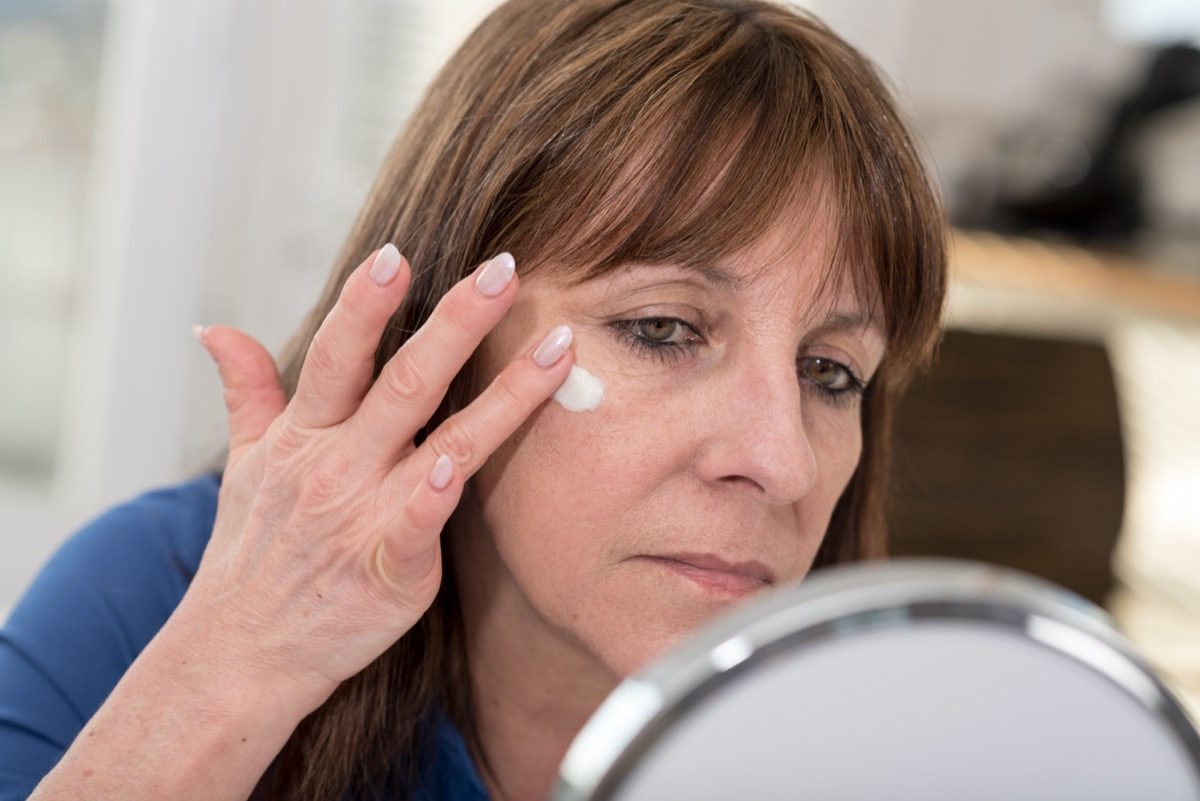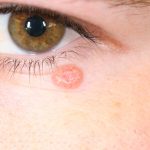What Causes Melanoma?
The foremost cause of melanoma is overexposure to UV radiation. Too much time spent in direct sunlight or using tanning beds are usual culprits. However, there are other risk factors, such as a family history of skin cancer and repeated sunburns throughout ones life.

The Signs and Symptoms of Melanoma
An important warning sign that should not be overlooked is the appearance of a new spot on the skin that is rapidly changing in some way. The other sign, known as the “ugly duckling sign,” is when the spot looks different from all the others in the area.
Next, consider the ABCDE rule.
A – Asymmetry
Moles are generally round and have few differences between the two halves. If you notice a mole that is asymmetrical, where one side has different coloring or is not shaped like the other side, it could be a sign of melanoma.
Don’t go by sight alone, either. If one side of the mole is lumpy, raised, or harder than the other side, consider the ugly duckling method and get an appointment with your dermatologist as soon as you can.
B – Border
Benign moles will have smooth borders. Whenever the edges are raggedly shaped, notched, blurred, irregular, or discolored, it is considered a warning sign.
Another sign to be mindful of is halo nevi. These are white rings that sometimes form around moles in childhood and are usually perfectly safe. However, whenever someone older develops a white halo around a mole, it could be a sign that there is melanoma somewhere else on the body.
C – Color
The color of your moles should be solid all the way through. A risky mole is one that has different shades of black, brown, or sometimes even reds, pinks, whites, and blues.
Similar to discolored moles is any patch on the skin that looks less like a mole and more like a scar. If you don’t know where that scar came from or if it has changed in anyway recently, it could be skin cancer. There is a kind of basal cell carcinoma known as morpheaform that is very subtle and difficult to detect.
D – Diameter
Get a pencil eraser. If the mole happens to be larger across than the pencil eraser is wide, you could have skin cancer. You should also consider that, even if the body of the mole is within the lines of the pencil eraser, any color from the border that bleeds out into the skin is a cause for concern.
However, it is also important to note that some melanomas have been smaller than the diameter of a pencil eraser. Don’t overlook the other signs.
E – Evolving
Moles should remain the same. Be cautious of moles that change color, size, and shape. In order to notice any of these changes, which are sometimes subtle at first, you should be checking in on your moles throughout the years. Sometimes, the mole that has remained the same for years will suddenly change color or size. This sudden evolution can only be answered with an appointment to the dermatologist. Don’t take any risks.
More from Things Health
-
Types Of Skin Cancer
Skin cancer happens when skin cells are damaged, for instance, by overexposure to ultraviolet rays from the sun. Melanoma - the most dangerous type of…
-
Warning Signs and Symptoms of Non-Melanoma Skin Cancer
Non-melanoma skin cancer is a type of cancer that starts in the cells on the skin, the body’s largest organ. There are two type of…
-
Symptoms Of Ovarian Cancer
Ovarian cancer is often referred to as a quiet disease as it usually isn't discovered until it is in the advanced phases. In nearly all…
-
Warning Signs of Lung Cancer
Every year about 1.3 million people die from lung cancer. Luckily, however, lung cancer is not always fatal and many people do live long, healthy…
-
Symptoms Of Prostate Cancer
Cancer of the prostate affects more than 200,000 men each year in the US alone. Worldwide statistics for prostate cancer continue to grow tremendously, and…






